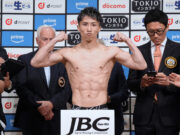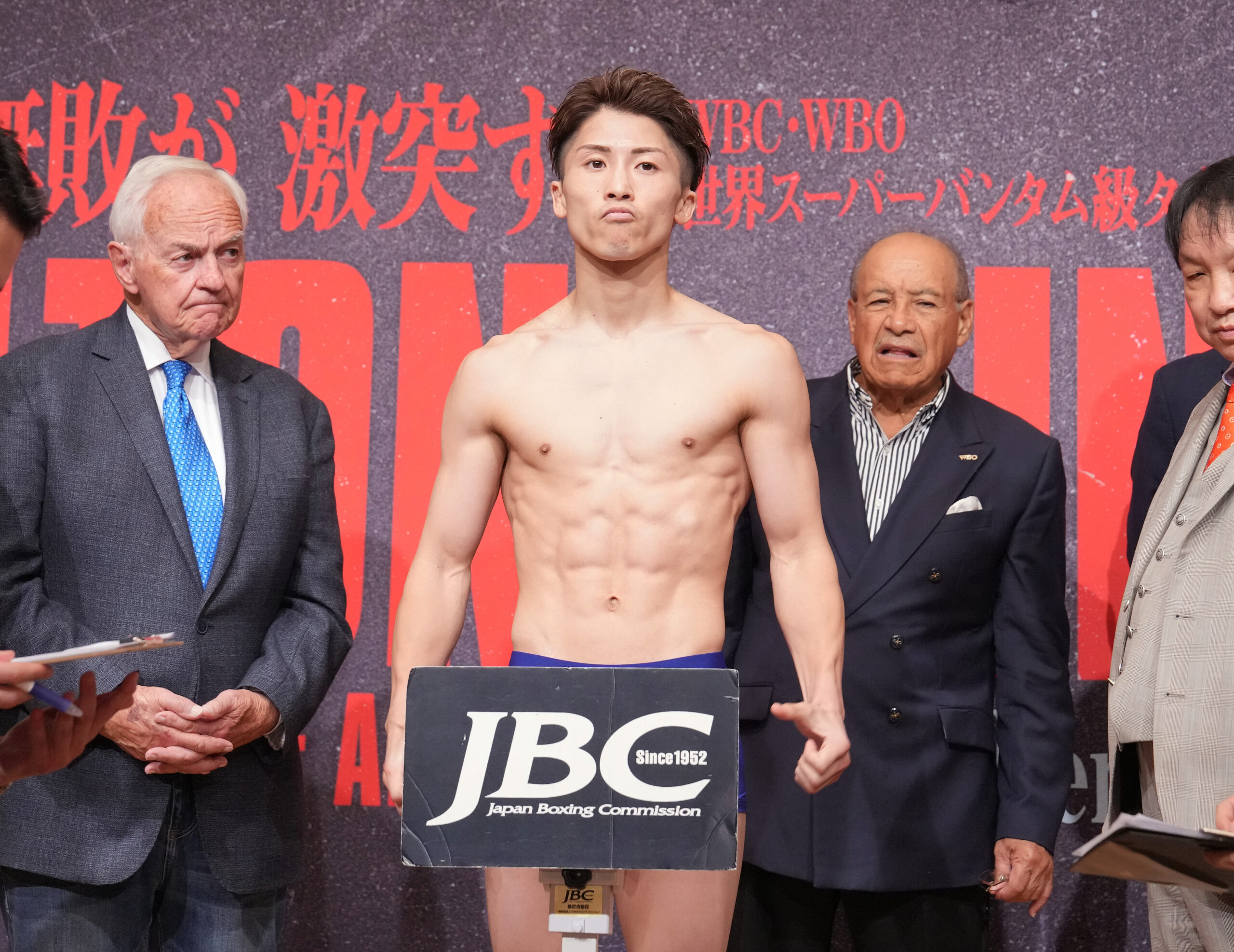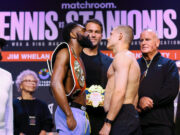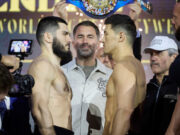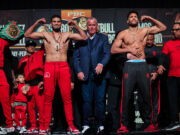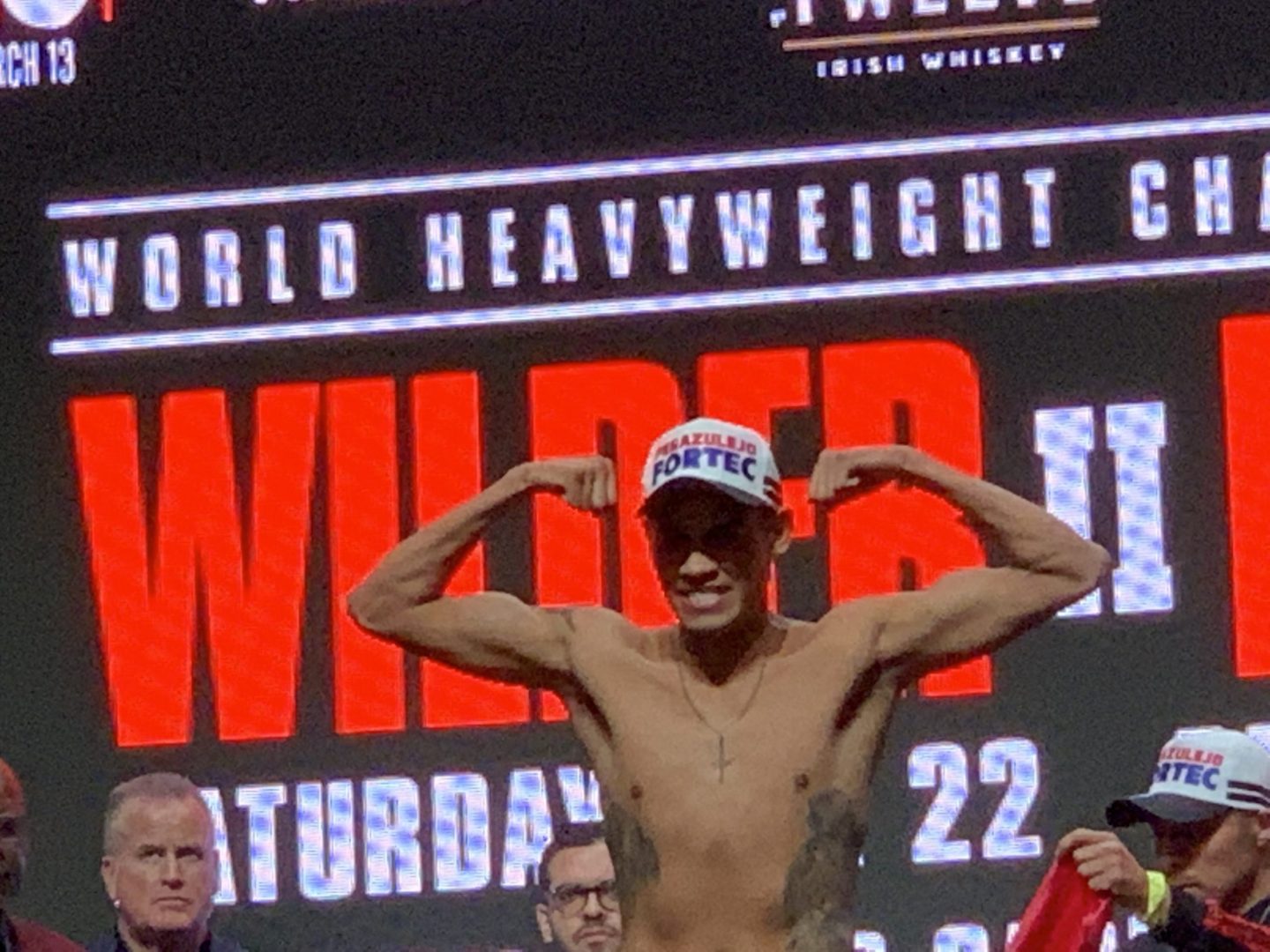By Norm Frauenheim
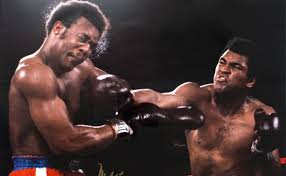
Drivers pass the Lonnie and Muhammad Ali Pavilion Center near downtown Phoenix all the time. It’s just another building at an intersection full of people en route to and from work, school and the mundane. But on Thursday it was something different.
If you looked up and saw the name that overlooks the traffic from its location at the northeast corner of a busy neighborhood, you were taken back to a day 40 years ago. Call it an intersection of time and place. A crossroads with history.
The anniversary of Ali’s eighth-round stoppage of George Foreman on Oct. 30, 1974 in Zaire has been recalled by those who were there and those who weren’t. My favorite is a column from columnist Jerry Izenberg, who was there.
http://www.nj.com/sports/index.ssf/2014/10/forty_years_ago_muhammad_ali_shocked_george_foreman_and_the_world_in_the_rumble_in_the_jungle_and_i.html
Reading Izenberg made me wish that I had been. Instead, I saw it as rookie sportswriter on closed-circuit in Jacksonville, Fla.
It was captivating then. It still is. It has stayed with us. It is an enduring piece of the public imagination, recalled vividly by those who were there and remembered by those of of us who saw it in black-and-white on tiny screens in dilapidated arenas. I’m not sure that anything in High-Def will ever be remembered the way Ali-Foreman is.
Floyd Mayweather Jr, has made a claim on being The Best Ever with his TBE caps and T-shirts. But will anybody recall his rematch victory over Marcos Maidana 40 years from now? Didn’t think so.
Forty years later, Ali and Foreman are a current lesson in what TBE really means. They were fearless, or at least courageous enough to fight despite countless reasons to be afraid of each other. They were willing to do it on the other side of the world in a locale as unpredictable, potentially volatile and exotic as any. It was a universe away from the MGM Grand, which in hindsight makes it that much more profound.
There was a price and a reward, but it not in the way it might have looked in the immediate aftermath of a right-hand lead that Ali landed in a stoppage heard-round-the-world.
For Ali, the victory ensured him of being the global icon he is today. As you drive past his name on the Pavilion that houses The Muhammad Ali Parkinson Center four decades later, however, you wonder whether the punches he absorbed from one of history’s most powerful heavyweights in in so-called “rope-a-doe” tactic contributed to his condition.
Doctors never link the punches to his Parkinson’s. Yet in the public imagination, the collective mind’s eye, that link is always there. I still remember a moment with the late Joe Frazier. He was in Indianapolis during the 1996 U.S. Olympic Swimming Trials for a lunch that the USOC threw to commemorate the 25th anniversary of his 1971 unanimous decision over Ali at New York’s Madison Square Garden. A film of that fight was playing in the corner of the ballroom. I asked Frazier about Ali’s condition.
“You see that left hand?’’ Frazier said as he pointed at the screen just as his potent left crashed into Ali’s face. “That’s why he is the way he is.’’
It was harsh. It was cruel. It was honest. It was 180-proof, an undiluted mix of what boxing has often been called: Life in a shot glass.
Ali, whose speech has been robbed by the terrible disease, has never complained about what the sport might have done to him. It was something he chose to do. The risk was known then. Today’s medical technology has told us more about the dangers that come with concussions. But even forty years ago, fighters knew they were walking straight into the jaws of potential harm. Ailing fighters have always been there, broken-down evidence of what can happen.
But Ali has used his condition and celebrity to further research into the disease that knocks down anybody it strikes. He and his wife, Lonnie, have devoted their time and energy to battling Parkinson’s at The Barrow Neurological Institute at St. Joseph’s Hospital and Medical Center. He appears at spring-training games or Suns game while staying at his winter home in Phoenix. People gawk at his condition. They talk. But he’s there, as fearless now as he was 40 years ago.
Then, there’s Foreman. The loser 40-years ago has undergone an amazing transformation. In Zaire, he was as intimidating and scary as Mike Tyson once was.
A favorite story comes from Bill Caplan, Foreman’s longtime friend and the best publicist anybody could ever have. Ali arrived in Zaire as the good guy. He was staying at a string of viilas along a river that Zaire President Joseph Mobutu had built for himself.
Foreman played the opposite role. He was the bad guy, which was exemplified by a German Shepherd that reminded people of the dogs they feared when they were under Belgian rule. He had reservations at a Spartan-like military post.
“A stockade with barb-wired fences, guards and everything else,’’ Caplan said.
Caplan recalls that one day Foreman decided to pay promoter Don King a visit at the InterContinental Hotel. But King wasn’t in an ordinary room. When Foreman knocked on the door, he discovered King was in the Presidential Suite.
“George told Don, ‘You’re moving out and I’m moving in,’ “ Caplan said.
King didn’t argue.
He even got rooms at the InterContinental for Foreman’s entourage of 21 people.
Few argued with Foreman in those days. Few argue with him today, but for a different reason. The onetime bad guy has become as likable as anybody. A senior citizen, he’s become the genial grandfather everybody wants to be around. His hamburger grill made him a lot richer than any fight purse ever did. Younger generations remember him more for the grill than they do for heavyweight titles.
In the end, he’s thankful for the chance to have fought Ali, whom he calls a legend bigger than boxing. His loss to Ali put him on the path to who he is today. Ali’s victory turned him into an icon, yet at a steep price
For Ali and Foreman, that day 40 years ago was a personal intersection. Personal, too, for a lot of us who are reminded of it every time we travel through it.



